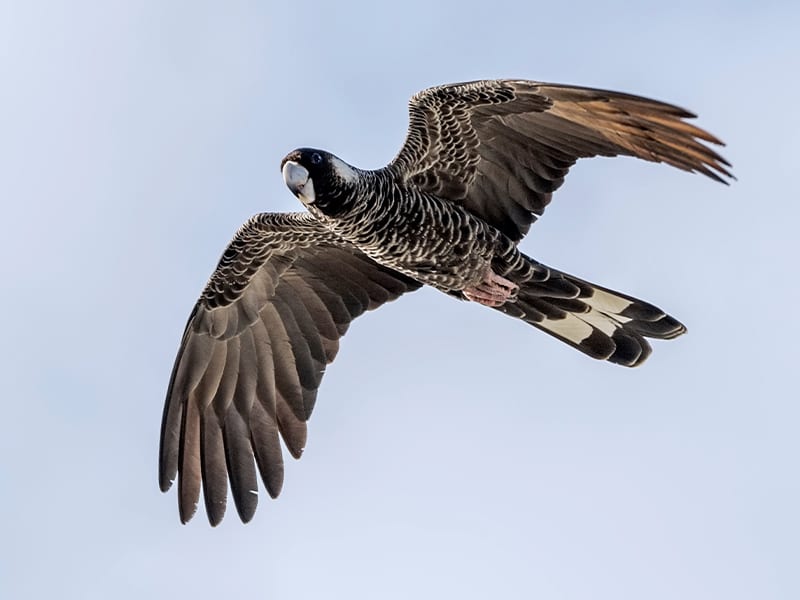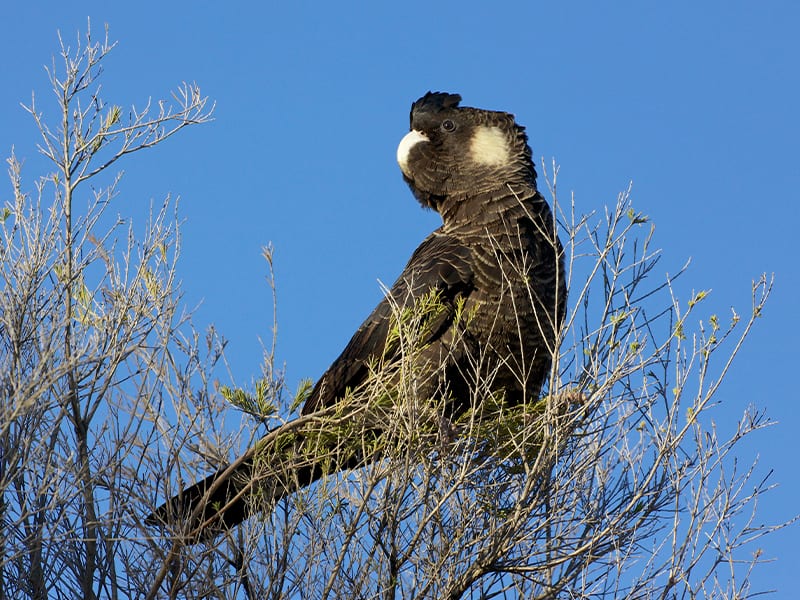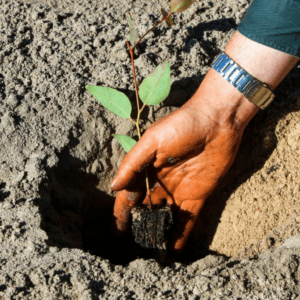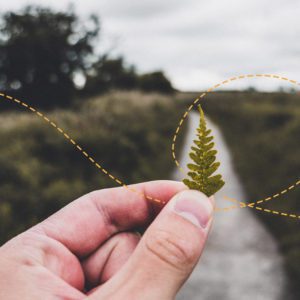15 April 2021 - By Freye Lowery
We’re losing our wildlife at a rate unseen since dinosaurs disappeared 65 million years ago.
Shocking, yet true, it’s estimated that 150 to 200 species of plant, insect, bird and mammals go extinct every day, worldwide.¹
And Australia is the worst offender.
A reality check
The March 2021 announcement of an additional 12 species to the list of extinct animals puts Australia in the unenviable position of the world capital for mammal extinction, with 34 mammal and 22 bird species lost since colonisation.
While it doesn’t sound like a lot, Australia’s rate of extinction exceeds that of any other country in the world, despite not having the most mammal and bird species.
Ironically, the list of threatened species and ecosystems in Australia has increased since laws were enacted to protect them.
The Environment Protection and Biodiversity Conservation (EPBC) Act 1999 was designed to protect and conserve wildlife and areas of national environmental importance. However, in the 20 years since the laws passed, over 1800 plant and animal species, and ecological communities, have been listed as critically endangered.
Additionally, 7.7 million hectares of threatened species habitat has been destroyed without referral, assessment or approval as required by the EPBC Act – that’s an area bigger than Tasmania simply gone.
Sadly, the leading reason for the increase is human-wildlife conflict. And one species on a fast-track to extinction is the Carnaby’s black cockatoo.

Bird is the word
Most people in Australia are familiar with the cheeky personality and shrill squawk of our much-loved sulphur-crested cockatoos. But did you know, Australia is home to 14 of the 21 species of cockatoo?
While many species are listed as endangered with decreasing populations, including the sulphur-crested and white cockatoos, none is as threatened as the Carnaby’s black cockatoo.
An icon of southwest Western Australia, the Carnaby’s black cockatoo is an impressive and distinct bird named after naturalist, Ivan Carnaby. One of just two species of white-tailed black cockatoo (the other is the Baudin’s cockatoo), it can be identified by its predominantly black body punctuated with striking white tail feathers and cream-coloured check patches.
A romantic bird, the Carnaby’s black cockatoo mates for life. It breeds in large tree hollows, with male birds often flying great distances to find food for their partners during egg incubation.
11 percent of Australia’s critically endangered species live in WA’s Wheatbelt.
Disappearing act
Despite a lifespan of 40 to 50 years, Carnaby’s black cockatoo numbers have more than halved since the 1950s.
Due to ongoing, large-scale clearing of native vegetation across the northern Wheatbelt of Western Australia, the habitat most suitable for the cockatoo’s breeding and feeding has been entirely cleared or fragmented.
In fact, almost 90 per cent of its habitat has been cleared for mining and agriculture, including pastoral farming and wheat production.
Preferring woodland trees for breeding, including wandoo and salmon gum eucalypts, there is now considerable competition for suitable hollows. Taking decades, even one hundred years to form, hollows must also be close to water and foraging brush. If the cockatoo’s needs cannot be met, breeding often fails. Additionally, even if a fledgling is produced, cleared brush means food is hard to find.
As a result of their shrinking habitat, the Carnaby’s black cockatoo is increasingly frequenting more populous areas. Growing contact with humans has led to a rise in illegal shooting and poaching, motor vehicle death and injury, disease and poisoning from exposure to farming chemicals.
Once witnessed in flocks of thousands, it is estimated there is only between 15,000 and 20,000 birds still left in the wild, most now beyond breeding age.

Reversing years of destruction
In addition to breeding and revegetation programs run by multiple conservation groups, Carbon Neutral’s Yarra Yarra Biodiversity Corridor project is restoring the northern Wheatbelt.
This extensive Australian native reforestation project aims to revive and preserve the region’s treasured biodiversity. Unlike other reforestation efforts, the project features a diverse native planting focus that will restore entire ecosystems, giving the Carnaby’s black cockatoo – and other native species – a second chance at survival.
To date, the project has restored 13,500 hectares of native landscape, planted more than 30 million native seeds and seedlings, and sequestered and stored one million tonnes of CO2 from the atmosphere.
Demonstrating its commitment to protecting our planet, as of January 2021, Inspired Adventures is donating $10 from every booking towards purchasing carbon offsets from Carbon Neutral’s Yarra Yarra Biodiversity Corridor project.
Through many poor decisions, our environment has suffered, and we are on the brink of losing some of our most unique wildlife forever. However, every step we take in the right direction – no matter how small or large – will make change possible.
Liked this article? Here's another you might like:





